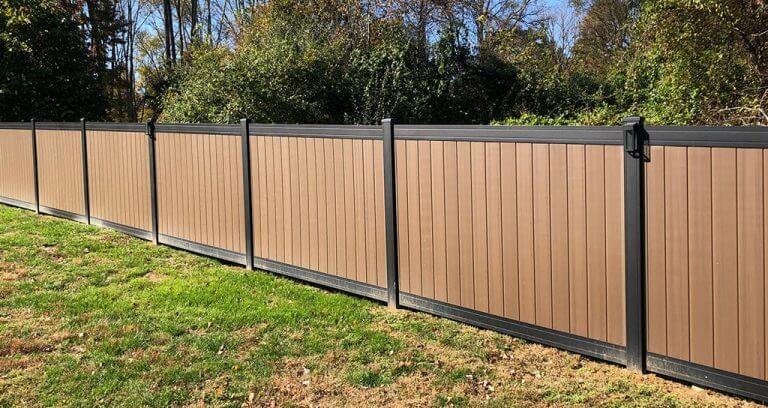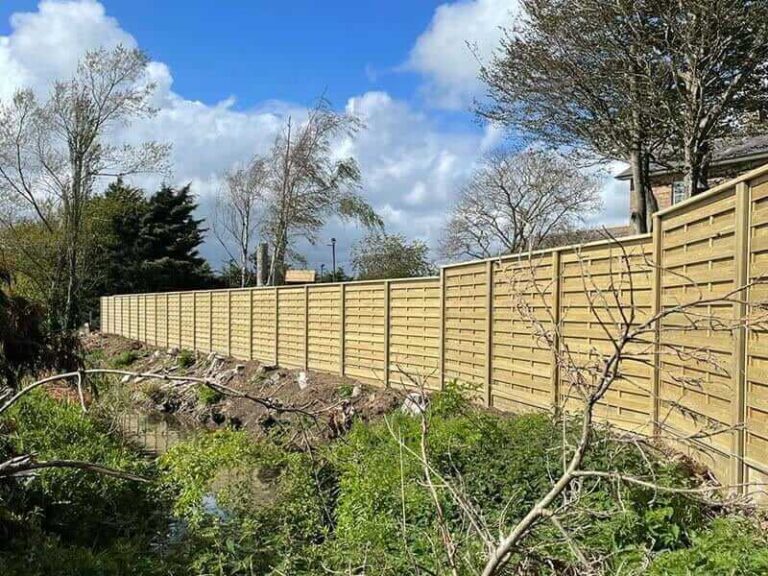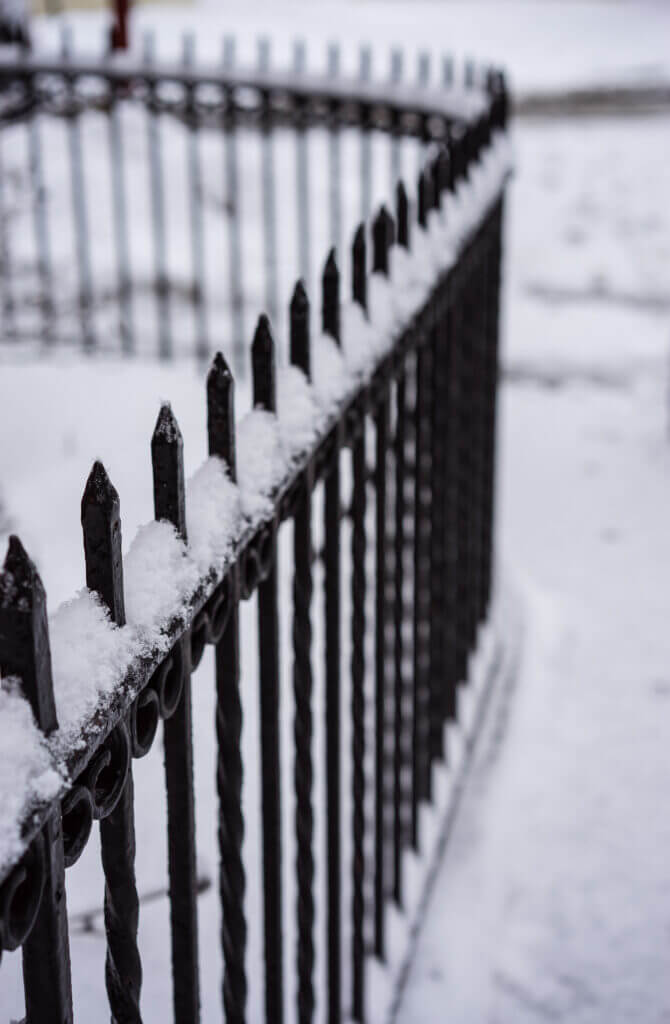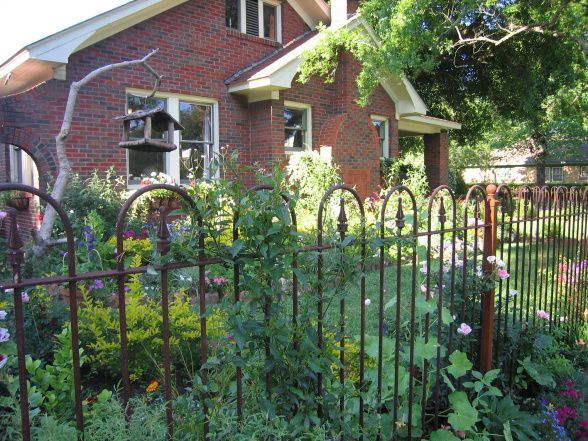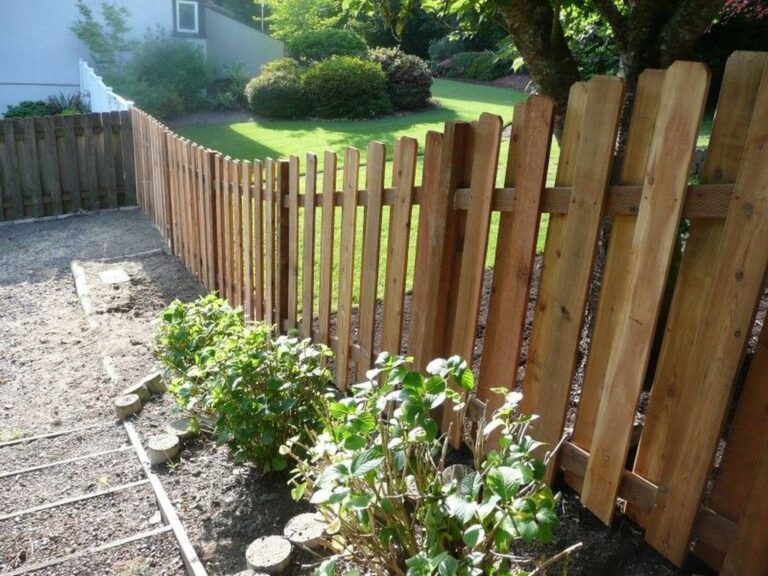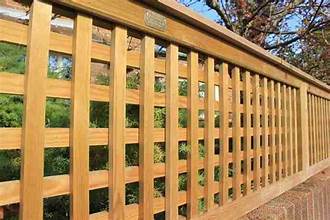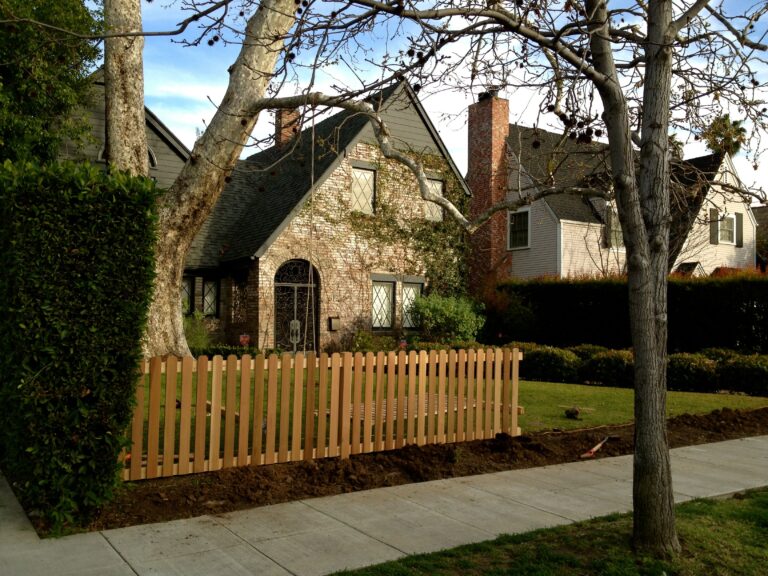When choosing a fence color, it’s essential to consider the psychological impact of different colors on your surroundings. The color of your fence can evoke specific emotions and influence the perception of your property.
The psychology of color in fence selection plays a crucial role in creating a desirable aesthetic and atmosphere for your home or business.
Different colors can convey different messages and trigger various emotional responses.
Understanding the psychological effects of colors can help you make an informed decision when selecting a fence color that complements your overall design and resonates with your desired atmosphere.
Let’s explore how color psychology can guide you in making the right choice for your fence and create a harmonious environment that aligns with your preferences and objectives.
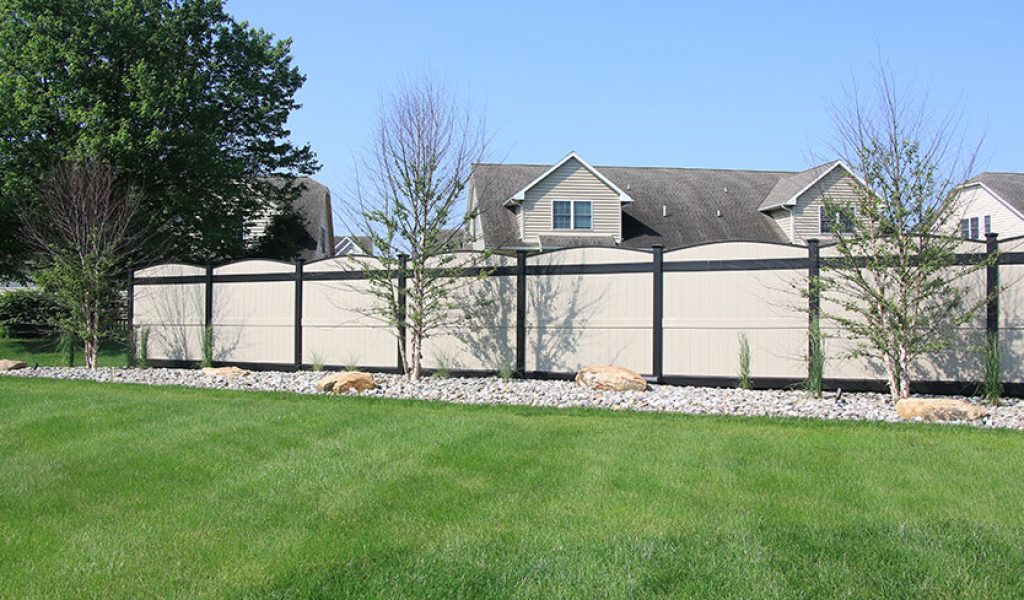
Understanding The Psychology Of Color
By delving into the impact of color on emotions and exploring color associations in consumer behavior, you can gain valuable insights into how color selection for your fence can make a lasting impression.
Whether you aim to evoke a sense of security with deep hues or foster a welcoming atmosphere with brighter tones, the choices you make extend beyond aesthetics.
To enhance the impact of your fence on both visitors and passersby, consider consulting experts like San Mateo Fence Installers,
Who understand not only the color psychology but also the craftsmanship required for a fence that stands the test of time.
Impact Of Color On Emotions
Color has the power to evoke a range of emotions and feelings. Warm colors such as red, orange, and yellow tend to create a sense of warmth and energy.
While cool colors like blue, green, and purple often evoke feelings of calmness and relaxation.
Neutral colors such as white, gray, and beige may convey a sense of sophistication and timelessness.
Understanding the emotional impact of different colors can help you choose a fence color that aligns with the ambience you want to create in your outdoor space.
Color Associations In Consumer Behavior
Consumers often associate specific colors with certain qualities or characteristics. For example, green is commonly linked to nature and eco-friendliness, while blue is associated with trust and reliability.
Red is often connected to excitement and boldness, while white signifies purity and cleanliness.
The use of these color associations can influence consumer perceptions and enhance the visual appeal of your property through your fence selection.
Applying Color Psychology To Fence Selection
When selecting a fence for your outdoor space, color is an essential factor to consider.
Understanding the psychology of color can help you make an informed decision that not only enhances the visual appeal of your property but also influences the overall atmosphere of your outdoor environment.
By applying color psychology to fence selection, you can create a space that reflects your desired mood and meets your aesthetic preferences.
The Role Of Color In Outdoor Spaces
Color plays a significant role in shaping the ambiance of outdoor spaces. The choice of fence color can affect how the area is perceived by residents, visitors, and passersby.
Whether you aim to create a serene retreat, an inviting gathering space, or a vibrant garden setting, the color of your fence can contribute to achieving your desired outdoor atmosphere.
Factors Influencing Color Choice For Fences
Several factors influence the choice of color for fences, including personal preferences, architectural style, and the surrounding landscape.
The existing color scheme of your home exterior and outdoor elements such as plants, patio furniture, and decorative accents can also guide your decision.
Additionally, cultural associations and the psychological impact of specific colors should be taken into consideration when selecting a fence color that aligns with your overall outdoor design vision.
The Influence Of Different Colors On Fencing
When it comes to selecting the color of your fencing, it’s important to consider the psychological impact different colors can have on your outdoor space.
The influence of color on fencing can evoke various emotions and create different aesthetics, ultimately shaping the overall ambiance of your property.
Subtle Neutrals For A Classic Look
Subtle neutral colors such as soft gray, beige, or muted green can be a timeless choice for fencing.
These shades create a classic and elegant look that seamlessly blends with the surrounding landscape.
Bold Hues For A Statement Fence Aesthetic
Opting for vibrant colors like bold red, deep blue, or rich black can make a striking statement with your fence.
These bold hues can add a modern and eye-catching touch to your outdoor space, creating a distinctive aesthetic.
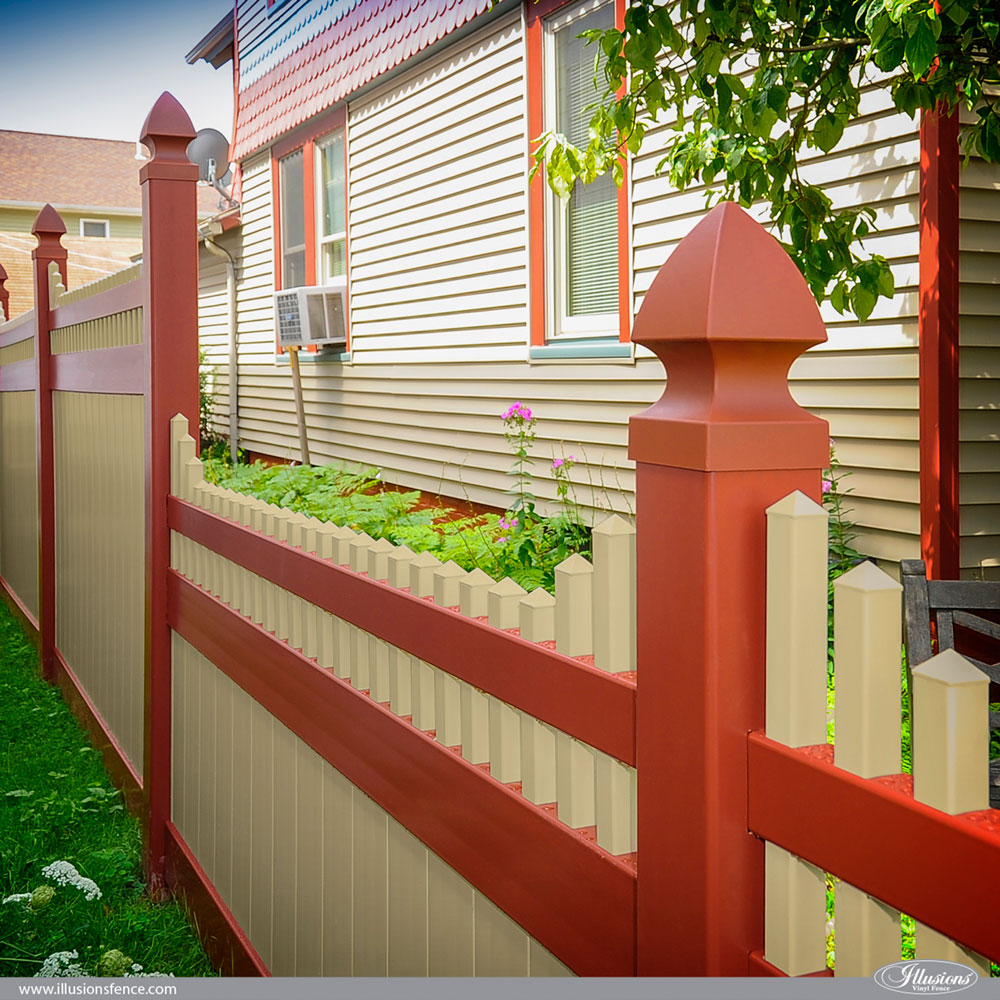
Frequently Asked Questions
What Impact Do Colors Have On The Mood Of A Space?
Colors can evoke emotions and affect moods in different ways, influencing the overall ambiance.
How Can Color Selection Impact The Perception Of A Fence?
The color of a fence can create visual illusions and affect how large or small a space appears.
What Are The Best Fence Colors For Creating An Inviting Atmosphere?
Warm tones like earthy browns and greens create a welcoming feel, while cool blues can evoke tranquility.
Conclusion
In selecting a fence color, the psychological impact of color cannot be overlooked.
Each color evokes different emotions and can ultimately influence the overall aesthetics of your property.
By understanding the psychology of color, you can make a more informed decision that not only adds to the visual appeal but also creates a welcoming and harmonious environment.

